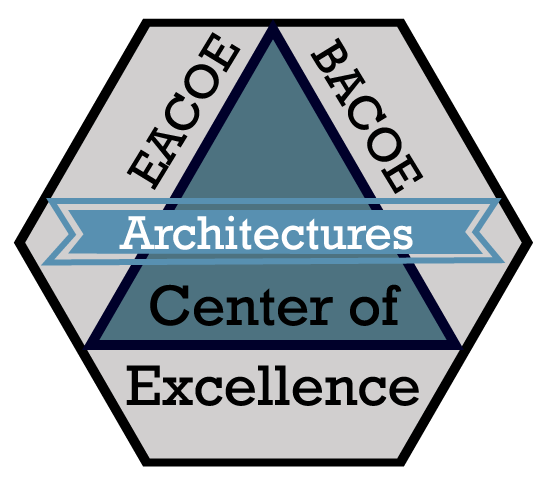Beyond Business Capability Maps: Drawbacks, Alternatives, and Best Practices in Business Architecture
Business capability maps have long been a suggested outcome of Business Architecture, offering organizations a structured view of “what” they can do. Yet in practice, they often fall short in driving real business alignment, action, and understanding. This article explores the most significant criticisms of business capability maps, their main limitations, and modern, more human-consumable and useful alternatives that help organizations bridge the gap between strategic intent and operational outcomes. Business Architecture is essential for translating organizational strategies into actionable results. It provides a structured approach to aligning people, processes, and technology to achieve business goals. A common - and often misguided - starting point is the creation of a business capability map. This article explains why this approach may not be optimal and clarifies the true role of business capabilities within a robust Business Architecture framework.
Categories
- Agility
- Architecture Models
- Architecture Views
- Artificial Intelligence
- Assemble to Order
- BTP
- Benefits
- Big Data
- Bill of Materials
- Book
- Business Architect
- Business Architecture
- Business Architecture Framework
- Business Architecture Participants
- Business Architecture Tools
- Business Capability
- Capabilities
- Capability Ability
- Certification
- Certification Levels
- Certification Mistakes
- Change Management
- Checklist
- Cloud
- Cloud Decommission
- Coding
- Communication
- Competition
- Complexity
- Confirmation Bias
- Consulting
- Cybersecurity
- Data
- Data Architecture
- Data Lake
- Data Modeling
- Data Sludge
- Data Swamp
- Differentiators
- Digital Transformation
- Distance Learning
- Enterprise Architect
- Enterprise Architecture
- Enterprise Architecture Framework
- Enterprise Architecture Participants
- Enterprise Architecture Tools
- Evaluation Checklist
- Evaluation Criteria
- Event Model
- Experiences needed


